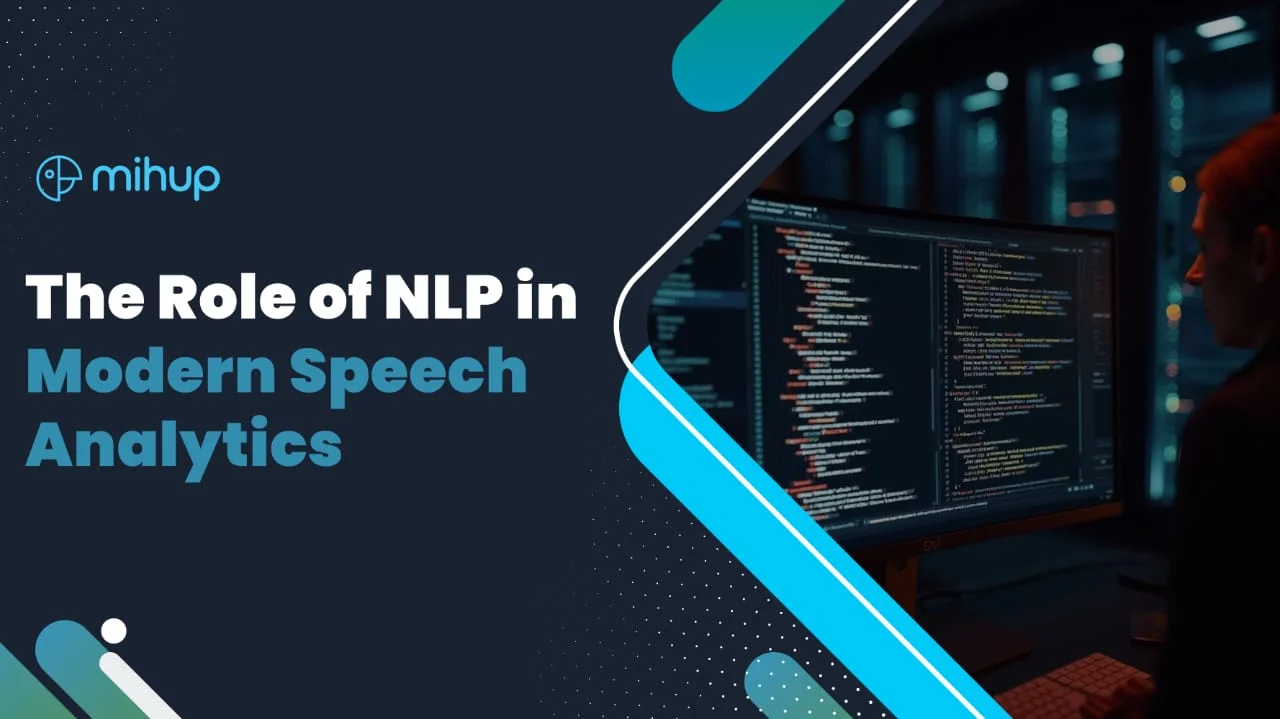Sentiment analysis, a subfield of natural language processing (NLP), has gained significant attention in recent years due to the increasing availability of text data and the growing demand for automated text analysis. Sentiment analysis involves determining the sentiment or emotion expressed in a piece of text, such as positive, negative, or neutral. This powerful technique enables businesses to understand customer feedback, monitor brand perception, and make data-driven decisions.
Sentiment analysis, also known as opinion mining, aims to extract subjective information from text data and determine the attitude, opinion, or emotion expressed by the author. The sentiment can be positive, negative, or neutral, providing valuable insights into customer feedback, social media sentiment, product reviews, and more. By analyzing sentiment, businesses can gauge public perception, identify emerging trends, and make informed decisions to enhance customer satisfaction.
Applications of Sentiment Analysis
Sentiment analysis has proven to be a versatile tool with applications across various industries and domains. Let’s delve deeper into some of these sectors to understand how it is effectively utilized:
Social Media Monitoring
Social media platforms have become a powerful medium for people to express their opinions and sentiments. Sentiment analysis plays a crucial role in tracking brand mentions, monitoring customer sentiment, and gauging public opinion about products or services. By analyzing the sentiment behind social media posts, businesses can gain valuable insights into customer perception and sentiment trends. This information enables companies to respond promptly to customer feedback, address concerns, manage their online reputation, and make necessary improvements to their offerings.
E-commerce
In the highly competitive e-commerce industry, sentiment analysis is a game-changer. By analyzing product reviews and ratings, businesses can gain a comprehensive understanding of customer experiences and identify areas for improvement. It helps in detecting recurring patterns, identifying popular products, and understanding consumer preferences. This information empowers companies to enhance customer experience, optimize product offerings, and make data-driven decisions. Additionally, sentiment analysis aids in market research, providing valuable insights into emerging trends, customer expectations, and competitor analysis, enabling companies to gain a competitive advantage.
Financial Sector
The financial sector greatly benefits from sentiment analysis, particularly in assessing market sentiment and predicting stock market trends. By analyzing news sentiment, social media sentiment, and customer reviews, financial institutions can gather real-time insights into public perception, investor sentiment, and market dynamics. It helps identify positive or negative sentiments related to specific financial assets or events, providing valuable information for investment decision-making. By monitoring sentiment, financial institutions can anticipate market movements, mitigate risks, and make more informed trading decisions.
Healthcare
Sentiment analysis has gained traction in the healthcare industry as it helps analyze patient feedback and reviews. By understanding patient sentiment, healthcare providers can assess the quality of their services, identify areas for improvement, and enhance patient satisfaction. Sentiment analysis can also be utilized to monitor sentiment related to healthcare policies, public health campaigns, and medical treatments. These insights enable healthcare organizations to address patient concerns, tailor their services, and improve overall patient care.
These examples demonstrate how it provides valuable insights into various industries. By effectively harnessing the power of sentiment analysis, businesses, and organizations can make informed decisions, improve customer satisfaction, manage their online reputation, and gain a competitive edge in today’s data-driven world
Methodologies of Sentiment Analysis
When it comes to sentiment analysis, different methodologies can be employed, ranging from rule-based techniques to machine learning algorithms. Let’s explore these approaches in detail:
Rule-Based Techniques
Rule-based methods rely on predefined lexicons and linguistic rules to determine the sentiment of a given text. These lexicons contain sentiment scores assigned to words based on their polarity (positive, negative, or neutral). The sentiment of a text is determined by aggregating the scores of its constituent words.
For example, a rule-based approach may assign a positive sentiment score to words like “happy,” “excited,” or “great,” and a negative sentiment score to words like “sad,” “disappointed,” or “terrible.” By summing up the scores of words in a text, an overall sentiment score can be computed. However, rule-based methods have limitations, as they heavily rely on the availability and accuracy of predefined lexicons and linguistic rules. They may struggle to handle sarcasm, irony, or context-specific sentiments, which can lead to misclassifications.
Machine Learning Approaches
Machine learning techniques offer a more flexible and data-driven approach to sentiment analysis. These approaches involve training a model on labeled data, where each text sample is annotated with its corresponding sentiment label (positive, negative, or neutral). The model learns patterns and relationships from this training data and generalizes to classify unseen text based on what it has learned.
Naive Bayes
Naive Bayes is a probabilistic machine learning algorithm commonly used for sentiment analysis. It applies Bayes’ theorem and assumes that the features (words) in a text are independent of each other. Naive Bayes calculates the probability of a text belonging to a particular sentiment class based on the presence or absence of specific words. This algorithm is computationally efficient and works well for text classification tasks, including sentiment analysis.
Support Vector Machines (SVM)
SVM is a powerful machine learning algorithm used for both binary and multiclass classification tasks. SVM seeks to find an optimal hyperplane that separates different classes of data points. In sentiment analysis, SVM models learn to classify texts based on the features (words) present in them. SVMs can handle high-dimensional data and are known for their effectiveness in handling complex decision boundaries.
Recurrent Neural Networks (RNN)
RNNs are a class of neural networks specifically designed to handle sequential data such as text. They can capture contextual dependencies and relationships between words in a text. In sentiment analysis, RNNs, especially variants like Long Short-Term Memory (LSTM) and Gated Recurrent Unit (GRU), have proven effective. RNNs process text inputs in a sequential manner, considering the order of words, and generate sentiment predictions based on the learned representations.
Machine learning approaches offer the advantage of adaptability and can handle complex sentiments and contextual understanding. However, they require labeled training data and can be computationally expensive during the training phase.
Challenges in Sentiment Analysis
While it is a valuable tool, it encounters various challenges that impact its accuracy and reliability. Let’s explore some of these challenges in detail:
Sarcasm and Irony
Textual data often contains instances of sarcasm and irony, where the sentiment expressed is contrary to the literal meaning of the words. For example, a sarcastic statement like “Great, another Monday” may appear positive on the surface but actually conveys a negative sentiment. Recognizing and correctly interpreting these instances is a challenge for sentiment analysis models. Contextual understanding, cultural knowledge, and linguistic nuances play a crucial role in identifying and capturing the intended sentiment accurately.
Subjectivity and Individual Interpretation
Sentiment is subjective and can vary from person to person based on individual biases, perspectives, and experiences. Different people may interpret the same text differently, resulting in diverse sentiment judgments. Developing a sentiment analysis model that can account for subjectivity and generalize across diverse user groups remains a significant challenge. It requires capturing the varying nuances of sentiment expressions and accounting for the subjective nature of human perception.
Multilingual Sentiment Analysis
Dealing with multilingual data poses another challenge. Language-specific sentiment analysis models need to be developed, as sentiment expressions can vary across different languages. Training accurate and effective models for each language requires significant amounts of labeled data for training. Additionally, translating sentiment from one language to another accurately is not always straightforward. Sentiment expressions in one language may not have direct equivalents in another, making cross-lingual sentiment analysis complex.
Data Sparsity and Domain Adaptation
Sentiment analysis models heavily rely on labeled data for training. Acquiring large amounts of labeled data for every specific domain or industry can be time-consuming and expensive. The availability of labeled data may be limited for certain specialized domains. Additionally, sentiment analysis models trained on one domain may not generalize well to other domains due to variations in language, vocabulary, and sentiment expression. Domain adaptation techniques are required to fine-tune sentiment analysis models to specific domains and ensure optimal performance.
Contextual Understanding and Ambiguity
Sentiment analysis should consider the contextual understanding of a text. The sentiment expressed in a text may heavily depend on the context in which it appears. Ambiguity in language, such as double entendre or ambiguous phrases, can make sentiment analysis challenging. Understanding the broader context, including the preceding and succeeding text, is essential for accurate sentiment interpretation.
Overcoming these challenges requires continuous research and advancements in sentiment analysis techniques. Developing models that can effectively handle sarcasm, account for subjectivity, adapt to different languages and domains, and accurately capture contextual understanding remains an active area of research within the field of natural language processing.
Future Prospects
The field of sentiment analysis continues to evolve, driven by advancements in NLP and machine learning techniques. Future research efforts aim to address the challenges faced by sentiment analysis, such as sarcasm detection, subjectivity modeling, and multilingual sentiment analysis.
With the rise of deep learning and neural networks, sentiment analysis models can leverage more extensive labeled datasets and contextual understanding to improve accuracy. Transfer learning techniques, such as pretraining models on large corpora, can enhance sentiment analysis performance even with limited labeled data.
The integration of sentiment analysis with other NLP tasks, such as named entity recognition and aspect-based sentiment analysis, will provide a more comprehensive understanding of text data. This will enable businesses to gain deeper insights into customer preferences, product features, and overall satisfaction.
Sentiment analysis is a powerful tool in NLP that allows businesses to extract valuable insights from text data. By understanding sentiment, companies can enhance their decision-making processes, improve customer satisfaction, and strengthen their brand reputation. As research continues and technology advances, sentiment analysis is poised to play an increasingly pivotal role in shaping data-driven strategies across various industries.





